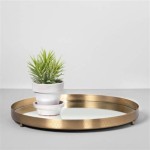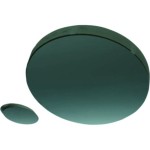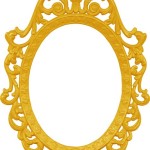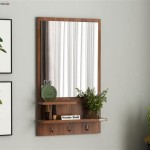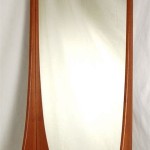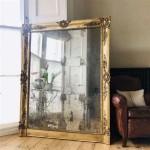Painting an Old Gold Mirror Frame
Restoring an old gold mirror frame with a fresh coat of paint can dramatically update a piece's aesthetic and revitalize a space. This process allows for creative expression and customization, transforming a dated or worn frame into a statement piece that complements any decor. However, achieving a professional-looking result requires careful preparation and the right techniques.
1. Assessing the Frame's Condition
Before beginning the painting process, it's crucial to thoroughly assess the condition of the gold frame. Identify any loose or flaking gold leaf, chipped paint, or structural damage. The presence of these issues will dictate the necessary preparation steps. A stable and smooth surface is essential for achieving a flawless finish.
2. Gathering Necessary Materials
Having all the necessary materials readily available will streamline the painting process. Essential items include: painter's tape, drop cloths, fine-grit sandpaper, primer suitable for the frame material, chosen paint color (specifically formulated for the frame's material), appropriate brushes and/or rollers, a cleaning solution suitable for the frame material, and safety equipment such as gloves and a respirator if working with spray paint.
3. Preparing the Frame for Painting
Proper preparation is paramount to a successful outcome. Begin by cleaning the frame thoroughly to remove dust, dirt, and any greasy residue. Use a gentle cleaner suitable for the frame's material. If the frame has any loose or flaking gold leaf, carefully remove it using a scraper or sandpaper. For chipped paint, sand the affected areas smooth. This creates a better surface for the primer and paint to adhere to.
For ornate frames with intricate details, using a small detail brush can ensure thorough cleaning and preparation. Protecting any mirrored surfaces with painter's tape is also a critical step to avoid accidental paint splatters. Once the frame is clean and dry, apply painter's tape to the edges of the mirror, ensuring a tight seal to prevent paint seepage.
4. Applying Primer
Primer serves as a crucial intermediary layer between the original frame finish and the new paint. It provides a uniform surface for the paint to adhere to, resulting in a more even and durable finish. Choosing the correct primer is essential; select a primer specifically formulated for the frame's material (e.g., wood, metal, or plastic). Apply the primer in thin, even coats, allowing each coat to dry completely before applying the next. This prevents drips and ensures proper coverage.
For frames with intricate carvings or details, using a spray primer can provide better coverage and reach into crevices. If brush-applying primer, use smooth, even strokes to avoid brush marks. Once the primer is completely dry, lightly sand any rough spots with fine-grit sandpaper to create a smooth surface for the paint.
5. Painting the Frame
Once the primer is dry and sanded smooth, it’s time to apply the chosen paint color. Select a high-quality paint formulated for the frame's material. Consider using a paint specifically designed for furniture or trim, as these are typically more durable and resistant to chipping. Apply the paint in thin, even coats, allowing each coat to dry thoroughly before applying the next. This prevents drips and ensures a professional-looking finish.
For optimal results, multiple thin coats are generally preferable to one thick coat. If using a brush, use long, smooth strokes to avoid brush marks. For a particularly smooth finish, consider using a foam roller or spray paint. When working with spray paint, ensure adequate ventilation and follow the manufacturer's instructions carefully.
6. Finishing Touches and Drying
After the final coat of paint has been applied, allow the frame to dry completely in a dust-free environment. The drying time will vary depending on the type of paint used and the ambient temperature and humidity. Once the paint is dry, carefully remove the painter's tape, ensuring not to damage the newly painted surface. If desired, a protective sealant can be applied to enhance the durability and longevity of the finish, especially if the frame will be exposed to high traffic or moisture. Follow the sealant manufacturer’s instructions for application and drying times.
By following these steps and exercising patience throughout the process, one can successfully transform an old gold mirror frame into a beautifully updated piece that enhances any décor.
How To Paint A Mirror Frame Gold Remodelando La Casa
How To Paint A Mirror Frame Gold Remodelando La Casa
Chalk Paint And Antiquing A Frame Mirror Diy Painting Frames
How To Paint A Mirror Frame Gold Remodelando La Casa
12 Techniques To Painting Antique Mirrors Hallstrom Home
Ornate Mirror Painted Metallic Pewter Painting Frames Wooden Frame
12 Techniques To Painting Antique Mirrors Hallstrom Home
Ornate Mirror Makeover Painting Frame Diy
How To Turn An Old Mirror Into A Modern Gold The Easy Way
How To Paint A Mirror Frame Gold Remodelando La Casa

